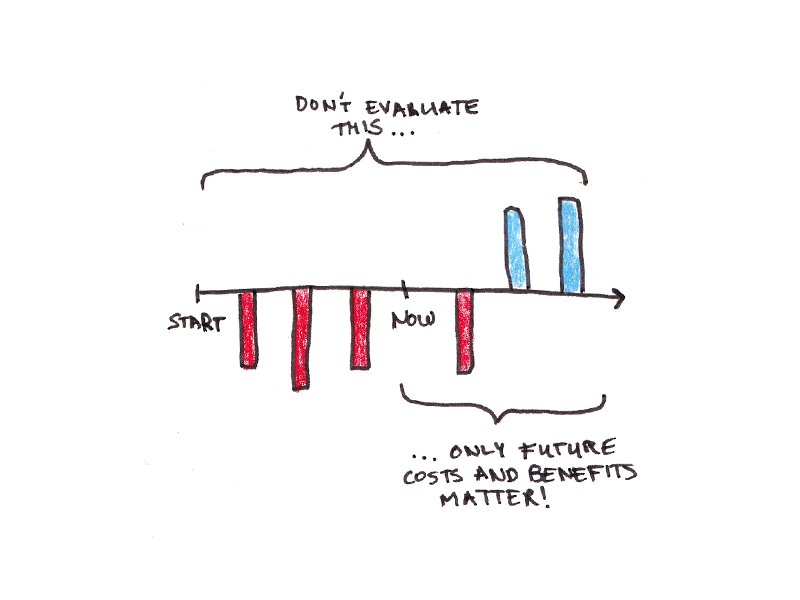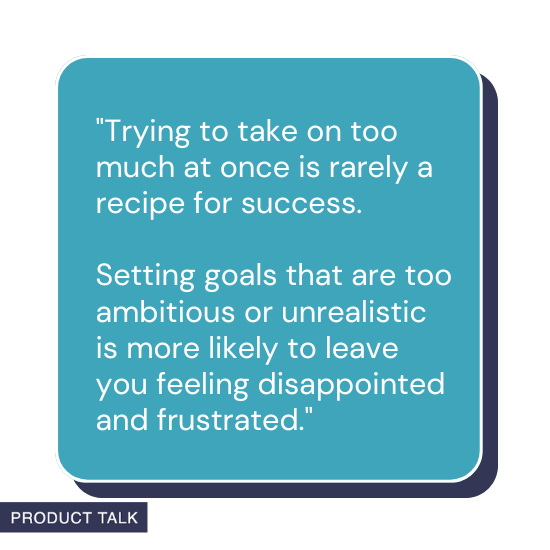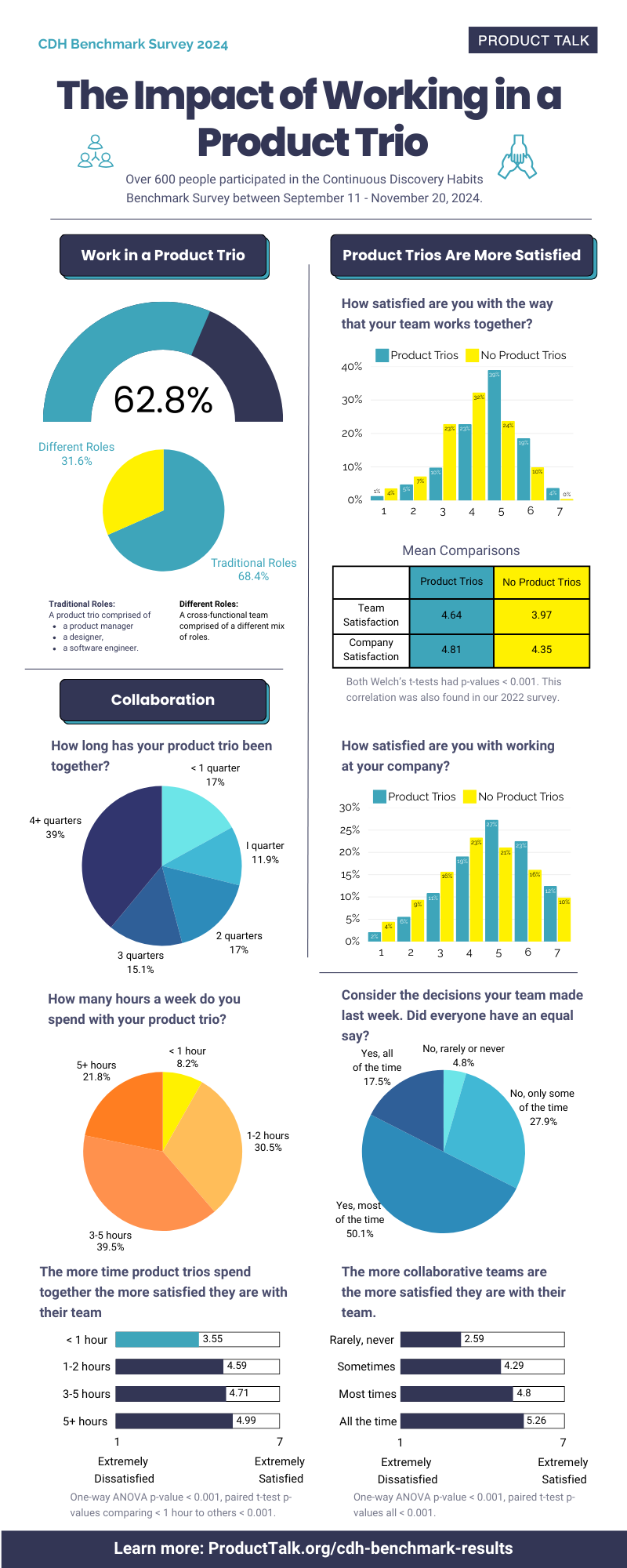10 Strategies for Leading in Uncertain Times
Carolyn Geason-Beissel/MIT SMR | Getty Images Since January, the news cycle has felt unrelenting to many people — every headline, sound bite, and social media scroll seems to deliver a fresh wave of disruption. The atmosphere is charged, with uncertainty touching every corner of society. While people are already dealing with U.S. economic tariffs and […]

Carolyn Geason-Beissel/MIT SMR | Getty Images

Since January, the news cycle has felt unrelenting to many people — every headline, sound bite, and social media scroll seems to deliver a fresh wave of disruption. The atmosphere is charged, with uncertainty touching every corner of society. While people are already dealing with U.S. economic tariffs and intense political rhetoric, the rapid evolution of generative AI adds yet another layer of complexity to business planning. Leaders must reconsider their footing in real time.
As Martin Reeves notes in his popular MIT SMR article “How to Strategize in an Out-of-Control World,” organizations must prioritize strategic resilience. This means anticipating not only market trends but also political shocks and paradigm shifts. What’s more, navigating the current level of volatility demands not just agility but also a willingness to rethink how we lead, plan, and adapt in a world that no longer plays by familiar rules.
In other words: Leading through chaos isn’t about control — it’s about learning how to ride the storm.
To help today’s leaders do that, we’ve gathered timely insights from MIT SMR authors — researchers and executives who are experts in numerous aspects of managing during uncertain and chaotic times. We also reached back for a few lessons gleaned during the pandemic that are quite useful right now. Use these strategies to steer your business, your team, and yourself through the ongoing disruption.
1. Build resilience for surprises.
“Given the unpredictability and multidimensional nature of political risk, it is more important than ever for companies to invest in being better prepared to deal with the often rapid impact of political surprises. This resilience may take different forms — for example, ensuring flexibility to recover critical operations quickly (such as by investing in a diverse supply chain, such that inputs or suppliers can be switched quickly when tariffs are put in place); setting up buffers against potential shocks (such as by diversifying the product portfolio or building up amounts of cash); or creating a modular supply chain (such that the impact of shocks is contained).
“For example, consider Ikea’s operations in Russia: After Russia’s annexation of Crimea in 2014, Ikea made significant efforts to localize production and disconnect Russia from the rest of its global supply chain so it could better contain the effects of a shock that might result from a further escalation of conflict. When Russia started a war with Ukraine in 2022, Ikea’s exit from the country was easier than that of peers whose local activities remained deeply connected to their global operations.
“Making such moves requires adopting a mindset that balances efficiency with the longer-term considerations of creating value through differential preparedness.”
Read the full article, “How to Strategize in an Out-of-Control World,” by Adam Job, Nikolaus S. Lang, Ulrich Pidun, and Martin Reeves.
2. Train teams to not freeze.
“One common emotional response to uncertainty is freezing. Of the business leaders who participated in our research, 32% said they have felt paralyzed by uncertainty when it was time to act. Even more, 42%, said they have put off thinking about decisions because it is uncomfortable. … Treating decisions as experiments can make a difference. …
“One strategy we heard was from a leader who found that when her team was hesitant about moving forward on something, they framed their language in terms of games and gambling, such as ‘We can’t bet on that happening,’ ‘I’m not sure the gamble would pay off,’ and ‘I’d rather hedge our bets.’ She actively encouraged her team to adopt scientific language instead and to use phrases such as ‘My hypothesis would be that …,’ ‘If we can control these variables …,’ or ‘This could act as a control situation.’ If they slipped into old habits, she corrected them.”
Read the full article, “Five Traits of Leaders Who Excel at Decision-Making,” by David Tuckett.
3. Toss out the crystal ball — strengthen your change muscles instead.
“The belief that successful leaders and companies can predict the future, set a clear direction, and stay the course doesn’t encourage people to reevaluate assumptions or to start, stop, and change direction. … Adaptive companies may seem like they are always two steps ahead, but the key is not the ability to predict which way the wind will blow but rather the ability to sense the prevailing winds and adapt quickly to ride with them.”
Read the full article, “Strengthen Your Change Muscle for Competitive Advantage,” by Gaurav Gupta, John Kotter, Vanessa Akhtar, and Nick Petschek.
4. Expect to be uncomfortable.
“Acknowledge that as a leader, you get to live in uncomfortable places that are never going to get comfortable. Uncertainty about the future is one of those places, and you will be a better leader for admitting the limits of your knowledge — and the limits of risk management and probabilistic thinking.”
Read the full article, “How Do You Build for an Unpredictable Future?,” by Sanyin Siang.
5. Focus your team on medium-term goals.
“Looking three months out can create a longer-term sense of stability for your people, but it’s a short enough time period that, even if things shift around you, you likely won’t have to change your mission. ... As Jamie Woolf and Heidi Rosenfelder, founders of Creativity Partners, advise, ‘To better enlist your team in the cocreation of the future, try asking questions like “What new sources of profit can replace dwindling ones?” or “What can we do to break down silos within our team?” ’ ”
Read the full article, “How to Support Your Team When Uncertainty Is High,” by Liz Fosslien.
6. Customize the calm.
“During times of uncertainty, different employees want different kinds of support delivered in different ways. … Managers must prioritize two behaviors: individualized consideration and building trust. … By prioritizing employees’ individual needs and understanding their fears, managers can target and address the sources of their uncertainty in a volatile environment.”
Read the full article, “What Employees Want Most in Uncertain Times,” by Kristine W. Powers and Jessica B.B. Diaz.
7. Communicate that you’re all in it together.
“Send regular messages to employees that emphasize ‘we’ and ‘us.’ Employees pay more attention to certain messengers than others. … By using collective pronouns and language, leaders can help reinforce a sense of safety and moral support among workers.”
Read the full article, “In Times of Anxiety, Lead With ‘We’ and ‘Us,’” by Paola Cecchi-Dimeglio.
8. Say something before the silence does.
“In difficult times, employees need to know the company’s actual status as soon as is reasonably possible. If you’re not giving your employees regular updates, they’ll make up what they don’t know to fill the information vacuum. Leaders need not worry about overproducing or overediting what they say; the most important thing is to speak and write in an authentic voice — and do it promptly.
“Team members need to hear regularly from their immediate team leaders, too, not just the highest-level organizational leader. Team leaders set the tone and serve as the voice of reality. Be clear, steady, and real.”
Read the full article, “What Employees Need to Hear From Leaders in Times of Crisis,” by Amy Leschke-Kahle.
9. Cultivate sensemaking at all levels.
“Sensemaking involves pulling together disparate views to create a plausible understanding of the complexity around us and then testing that understanding to refine it or, if necessary, abandon it and start over. … It is considered essential for innovation and crucial to the development of nimble teams and organizations. …
“We must shift gears from assuming that we understand the world to being curious and experimenting, and from believing that sensemaking is required of only senior leaders to cultivating it at all levels of the organization. Rather than immediately jumping to solutions, we must start with collecting data and scrutinizing it for trends and patterns that point to better solutions; rather than ignoring warning signs of failure, we should learn from others what those warning signs might be. This is not the time to do less sensemaking — it is the time to supercharge your organization’s ability to do more.”
Read the full article, “The Overlooked Key to Leading Through Chaos,” by Deborah Ancona, Michele Williams, and Gisela Gerlach.
10. Prioritize the crisis; ignore the noise.
“In a noncrisis environment, organizations have many so-called first-order decisions to make — which problems to solve, which markets to enter, which of hundreds of potential products to develop. These decisions are hard to make because they inevitably involve trade-offs, given the opportunity cost of not taking the alternate path. In our experience, leaders often delay these decisions or sometimes fail to make them at all. The result is that projects and activities proliferate, meaning nothing gets the focus and the resources it needs.
“But in a crisis, the first-order decision is effectively made for you: The crisis tells you where you need to focus with a high degree of precision. Nothing else is as important as solving that immediate problem. The only thing to work out is how best to do that — that is, which activities will best accomplish that outcome. We can think of these as second-order decisions.”
Read the full article, “What a Crisis Teaches Us About Innovation,” by Elsbeth Johnson and Fiona Murray.





























































































![Building A Digital PR Strategy: 10 Essential Steps for Beginners [With Examples]](https://buzzsumo.com/wp-content/uploads/2023/09/Building-A-Digital-PR-Strategy-10-Essential-Steps-for-Beginners-With-Examples-bblog-masthead.jpg)
































